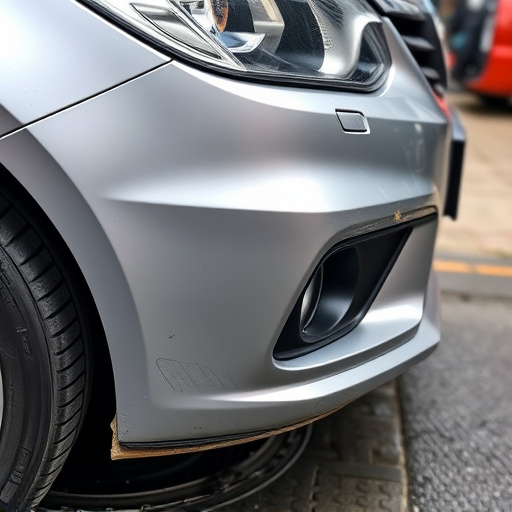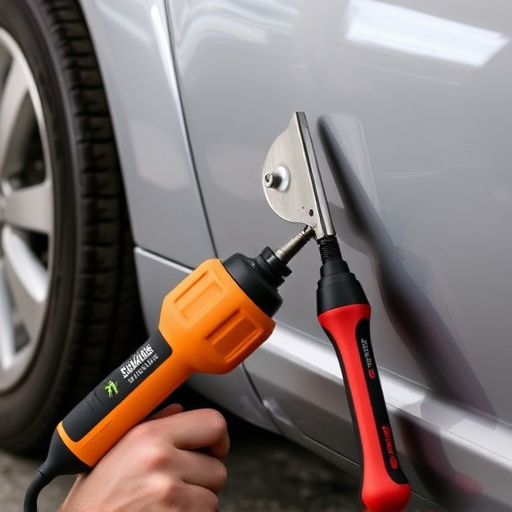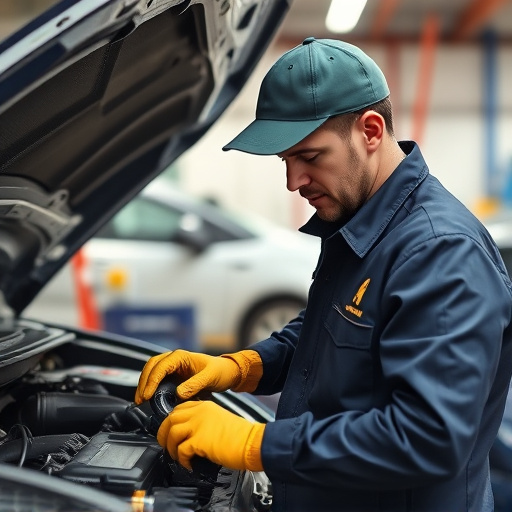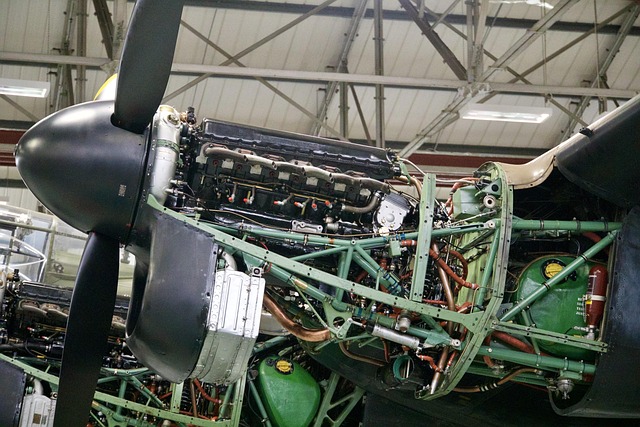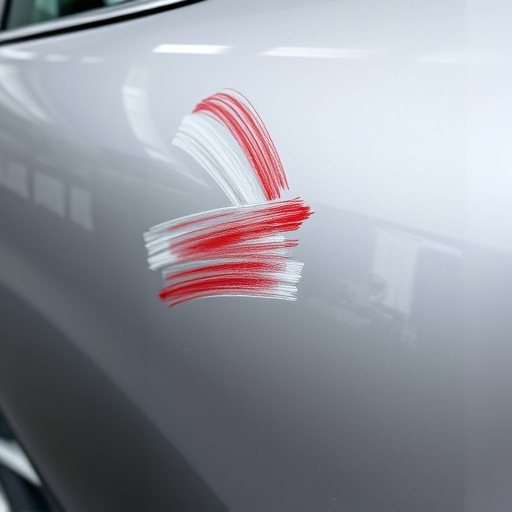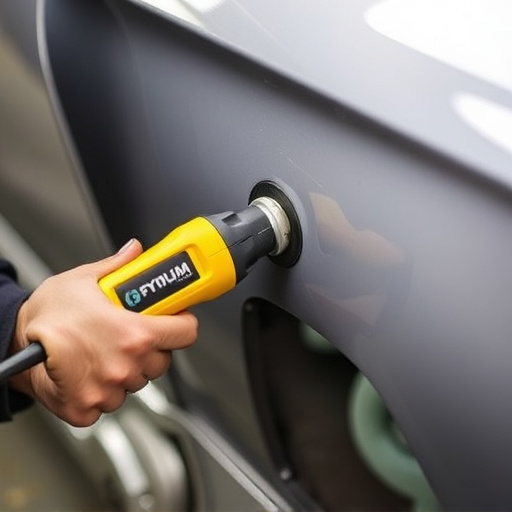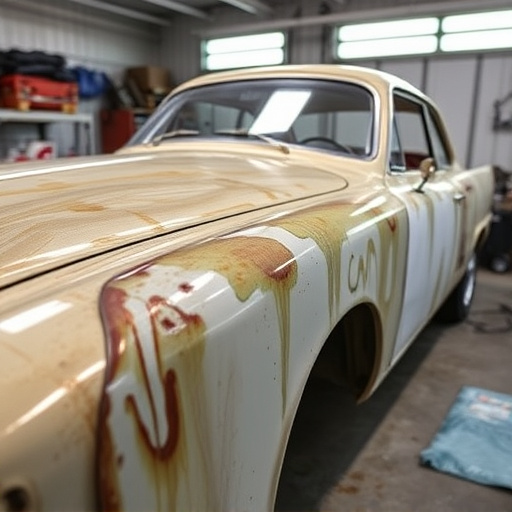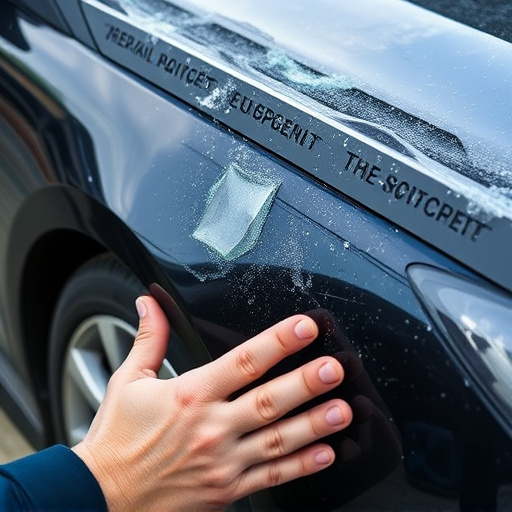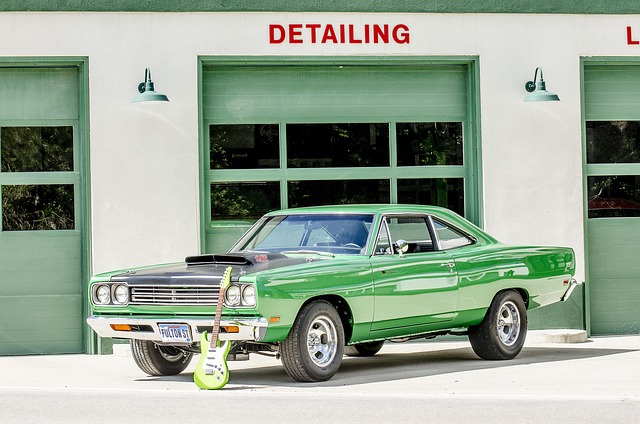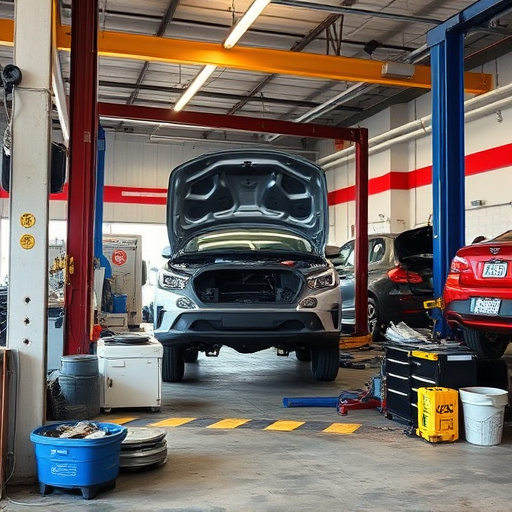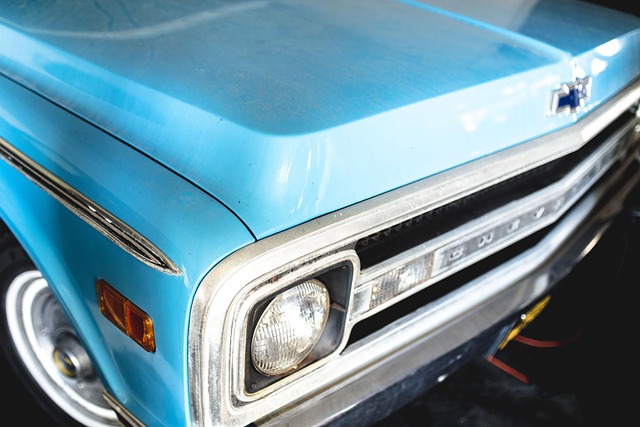Vehicle crash repair involves a thorough inspection to identify damaged components, followed by precise repairs and replacements like welding and straightening. Emphasizing structural integrity through alignment and meticulous paintwork ensures safety and aesthetic appeal. Certification standards guide body shops, ensuring repairs meet high safety standards for all vehicle types, including luxury brands.
Vehicle crash repair is a complex yet critical process ensuring structural integrity and safety. When accidents occur, understanding the repair processes is essential for restoring vehicles to their pre-crash condition. This article delves into the intricacies of vehicle crash repair, focusing on assessing structural integrity and the importance of certification standards. By exploring these key aspects, we aim to highlight best practices for safe and reliable repairs, emphasizing the significance of skilled technicians and certified facilities in the automotive industry.
- Understanding Vehicle Crash Repair Processes
- Assessing Structural Integrity After Crashes
- Certification Standards for Safe Repairs
Understanding Vehicle Crash Repair Processes

Vehicle crash repair is a meticulous process that requires skilled technicians to restore damaged vehicles to their pre-accident condition. It involves several critical steps, from initial assessment and disassembly to structural correction and final reassembly. Understanding these processes is paramount for ensuring both the safety and quality of the repaired vehicle.
The first step in any effective vehicle crash repair is a thorough inspection. Technicians meticulously evaluate the extent of damage, identifying affected components such as body panels, frames, and safety systems. This stage is crucial, as it guides the subsequent repair methods, including specialized techniques like metal welding, straightening, and collision repair. Once assessed, the damaged parts are either repaired or replaced, with a focus on maintaining structural integrity. This involves precise alignment and careful paintwork to match the vehicle’s original finish, ensuring not just cosmetic appeal but also long-term durability.
Assessing Structural Integrity After Crashes

After a vehicle crash, assessing structural integrity is a crucial step in the vehicle crash repair process. It involves meticulously examining the car’s frame, body panels, and critical components to ensure they are safe for operation and meet relevant safety standards. Skilled technicians use advanced tools and diagnostic software to identify damage, pinpoint weak spots, and determine the extent of necessary repairs.
This assessment goes beyond visual inspections. It includes measuring and comparing affected parts with original factory specifications, utilizing specialized equipment like frame straighteners and 3D imaging systems. For luxury vehicle brands like Mercedes-Benz repair, where precision and craftsmanship are paramount, this meticulous evaluation ensures that every detail is accounted for, guaranteeing not only the structural integrity of the vehicle but also its aesthetic appeal and safety performance. Additionally, it involves checking tire services and bodywork repairs to ensure proper alignment and restoration of the vehicle’s overall balance.
Certification Standards for Safe Repairs

When it comes to vehicle crash repair, ensuring structural integrity is paramount for safety reasons. Certification standards play a crucial role in upholding these high standards, guaranteeing that repairs are carried out correctly and securely. Reputable automotive body shops adhere to stringent guidelines set by relevant authorities and industry bodies. These standards cover every aspect of the repair process, from initial assessment and disassembly to the final reassembly and testing.
The goal is to restore the vehicle’s structural integrity while maintaining or improving its original safety features. Certification involves rigorous inspections and quality control measures to verify that every repair, including scratch repairs, meets these standards. This ensures that car repair services not only fix visible damage but also address potential hidden issues, making the vehicle as safe as new.
Vehicle crash repair is a complex yet vital process, ensuring structural integrity and safety for all road users. By understanding the intricacies of these repairs, assessing vehicles accurately, and adhering to certification standards, professionals can restore vehicles to their pre-accident condition. This not only guarantees safer driving but also promotes efficient, reliable, and environmentally conscious vehicle crash repair practices in today’s automotive industry.
